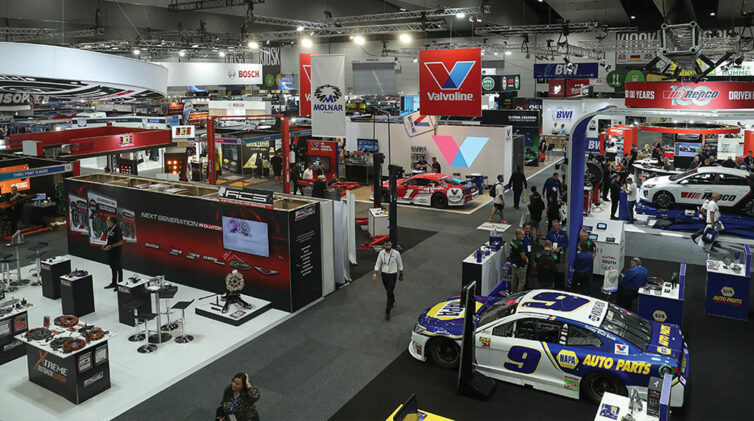In its “The Road to Net Zero Emissions” white paper addressed to the state government, Adelaide-based Mitsubishi Motors Australia Ltd (MMAL) said buyers of its Outlander and Eclipse Cross PHEV (plug-in hybrid electric vehicle) models are not eligible for the $3000 subsidy granted to up to 6000 electric-vehicle buyers.
Yet it said that “the government is at the same time proposing a new Road User Charge that could see PHEVs paying more in taxes than owners of traditional combustion engine vehicles”.
Mitsubishi’s statement said: “Mitsubishi believes that PHEVs should be treated fairly: if they are treated as electric vehicles (EVs) for tax purposes, then they should also be treated as EVs when it comes to accessing subsidies.
“PHEVs owners should definitely not be worse off compared to traditional combustion engine vehicles.”
MMAL director of marketing and operations Rob Nazzari said: “We offer South Australian drivers an immediate and accessible way of reducing vehicle-related CO2 emissions, that will at the same time reduce motoring costs.
“We provide South Australians with technology that will work for our way of life and geography – including those who drive longer distances.
“This way, every South Australian can start their personal road to zero, whether they can afford an expensive EV or a more affordable PHEV.”
MMAL argues that if the government’s proposed subsidy is applied to its Eclipse Cross PHEV, it would bring the SUV’s price down to “within a whisker of the $41,000 average purchase price for new vehicles in Australia”.
“Our white paper clearly outlines that PHEVs play an important role in the transition to a net zero emissions future,” Mr Nazzari said.
He said that PHEVs could also help fast track the future uptake of EVs by familiarising consumers with the technology, citing the 83 per cent of Mitsubishi Outlander PHEV owners who say they will opt for an EV as their next vehicle.
“Not only is it counterproductive, but our PHEV owners could be slugged with a double tax of fuel excise and a Road User Charge on the same kilometres.
“This has the potential to stall the uptake of EVs and delay the achievement of a low-carbon future. Our customers shouldn’t have to pay both – they shouldn’t have to pay more than their fair share.”
MMAL’s white paper outlines its support for making safer, cleaner vehicles accessible to more Australians. It said it was committed to a low carbon future and deploying advanced technologies which reduce CO2 emissions while driving.
It said it was calling on all policy makers to stop ignoring PHEV technology which provides Australian families with an immediate and affordable way of reducing vehicle related CO2 emissions.
“For example, our consumer data shows that the average plug-in hybrid electric vehicle driver uses pure EV mode more than 84 per cent of the time (based on less than 15,000km a year) with zero tailpipe emissions,” it said.
Mitsubishi currently makes two PHEVs – the Outlander PHEV and the Eclipse Cross PHEV.
A PHEV charges its batteries using an electricity source rather than the vehicle’s internal combustion engine (ICE). The car can be charged overnight using a standard three-pin household plug and can drive in several modes, with its default mode being pure EV before switching to an economical hybrid mode for longer range.
Mitsubishi made it clear that “at no point does a Mitsubishi Motors PHEV operate from solely a combustion engine”.
By Neil Dowling














 Read More: Related articles
Read More: Related articles

